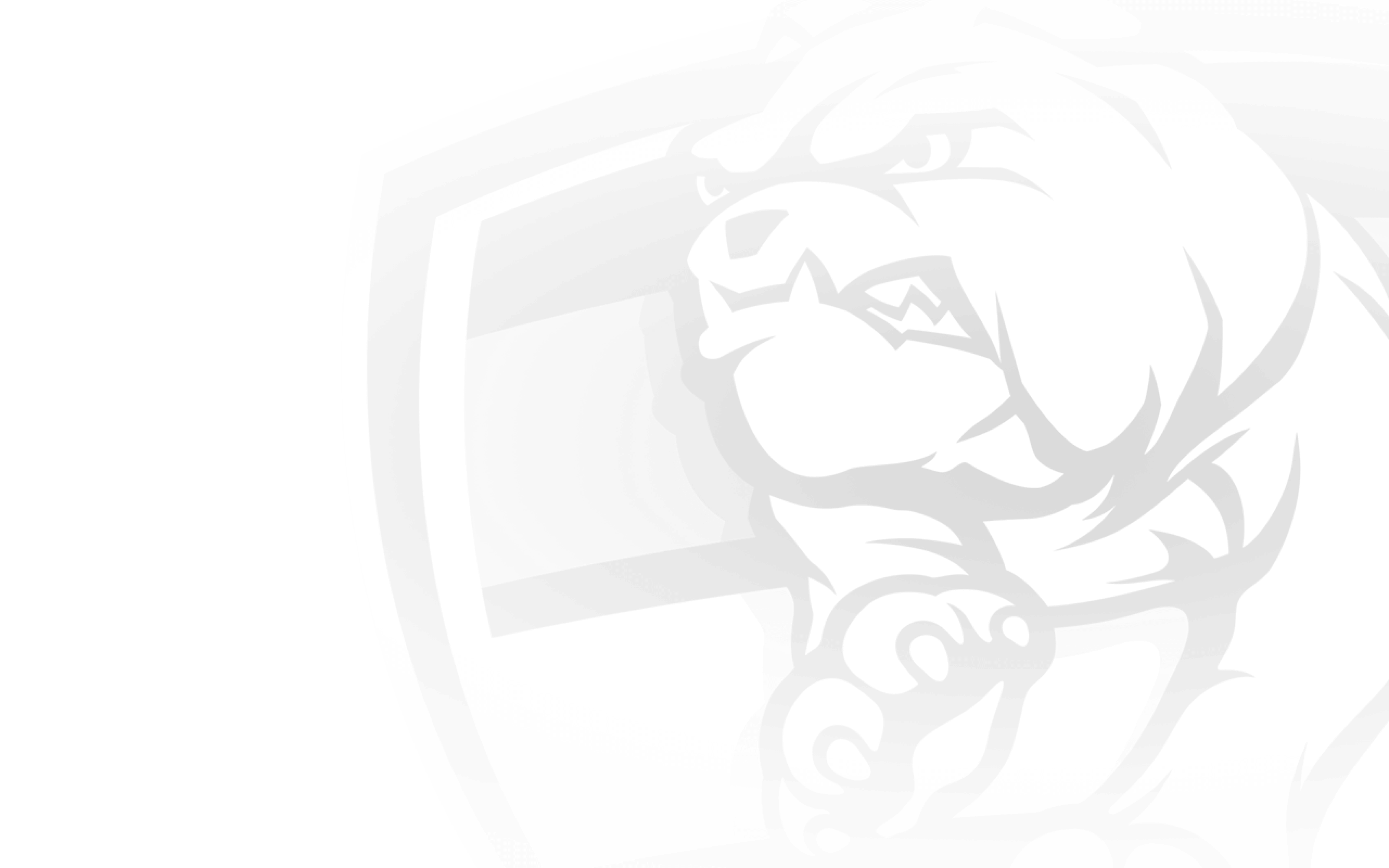A PRIZED piece of Bulldogs treasure - the club's 1939 best and fairest trophy - has been unearthed in the backyard of a Seaford property.
The trophy was won by club great Harry Hickey and found on a property where star rover/centreman once lived - fittingly, the find was made by a family of lifelong Bulldogs fans.
It's a significant discovery, given that Hickey is a prominent figure in the club's history.
Watch BulldogsTV speak to Robert Petrini about his remarkable backyard discovery on the media player above.
Recruited from South Footscray, Hickey was a 175cm, 76kg midfielder who played 174 games and kicked 169 goals from 1937-48.
Selected on a wing in the Bulldogs' Team of the Century, he was an inaugural inductee into the club's Hall of Fame, captained the Dogs in 1947, won three best and fairests, played in the club's first five finals and represented Victoria twice (in 1941 and 1948).
The battered 1939 cup was Hickey's first best and fairest award. Adding to its significance, he won it in the same year he finished runner-up in the Brownlow Medal to Collingwood's Marcus Whelan.

Harry Hickey and the recently discovered 1939 trophy (inset)
The 73-year-old trophy was found on a residential property owned by Adrian and Tennille Busso, who recently moved to Seaford from an address in West Footscray (a short distance from Whitten Oval).
Mrs Busso's father Robert Petrini told westernbulldogs.com.au that as they dug out the overgrown backyard, a shovel made an unusual clunking sound when it struck what they soon realised was a trophy, which had been buried under about a metre of soft, sandy soil.
"I started rubbing it, hoping a genie would pop out," Petrini quipped. "Then as I dusted it off, I read the inscription and I thought, 'Bloody hell, this is really significant'.
"How ironic is that: a Bulldogs supporter in Seaford finds a trophy for a Bulldogs player?"
The find was made about two months ago. Petrini initially called the Bulldogs but the relevant person was on holidays. Then he forgot about it, and his plan to return the cup was literally shelved for a time.
A relative accelerated the process by calling 3AW's Rumour File on Thursday.
Hickey (who died in 1999 at the age of 82) had lived at the Seaford residence for about 30 years until very late in his life.
His son Martin said the original house was pulled down in the early '70s, and suggests that's most likely when the trophy went missing.
Martin Hickey has a second theory that highlights his father's indifference to such mementoes.
"I don't think I ever laid eyes on it because Dad gave away all of his trophies to various people - basically anyone who wanted them," he said. "He never carried on about his own exploits, and certainly never had trophies on display. I only found out things about his football career when his ex-teammates popped over our place.
"So I wouldn’t put it past him to have used it as a plant pot outside."
Hickey junior said he would happily donate the trophy to the Bulldogs. "The club meant everything to Dad," he explained.
Bulldogs chief executive Simon Garlick said the cup would take pride of place in the club's museum, which will be opened later this year.
Asked how his father would feel about all the fuss, Martin Hickey said: "He'd be bloody embarrassed. He'd be saying, 'Big deal. I don't want to know about it.' But to me it's a great surprise. It brings back Dad's memory a bit. As much as he wouldn’t like it, he can have the spotlight back on him for five seconds."
Hickey had the spotlight in 1944, when his heroics piloted the Bulldogs to the finals. In their final-round clash at Carlton, the scores were level in the dying seconds when he took a strong pack mark. The final siren sounded, but Hickey won the game for the Dogs with a long dropkick that sailed through for a behind.
The Bulldogs are also in debt to Hickey for his foresight in suggesting a young battler named Charlie Sutton be trialled in a back pocket. Sutton soon found his niche and from there his legend grew.


